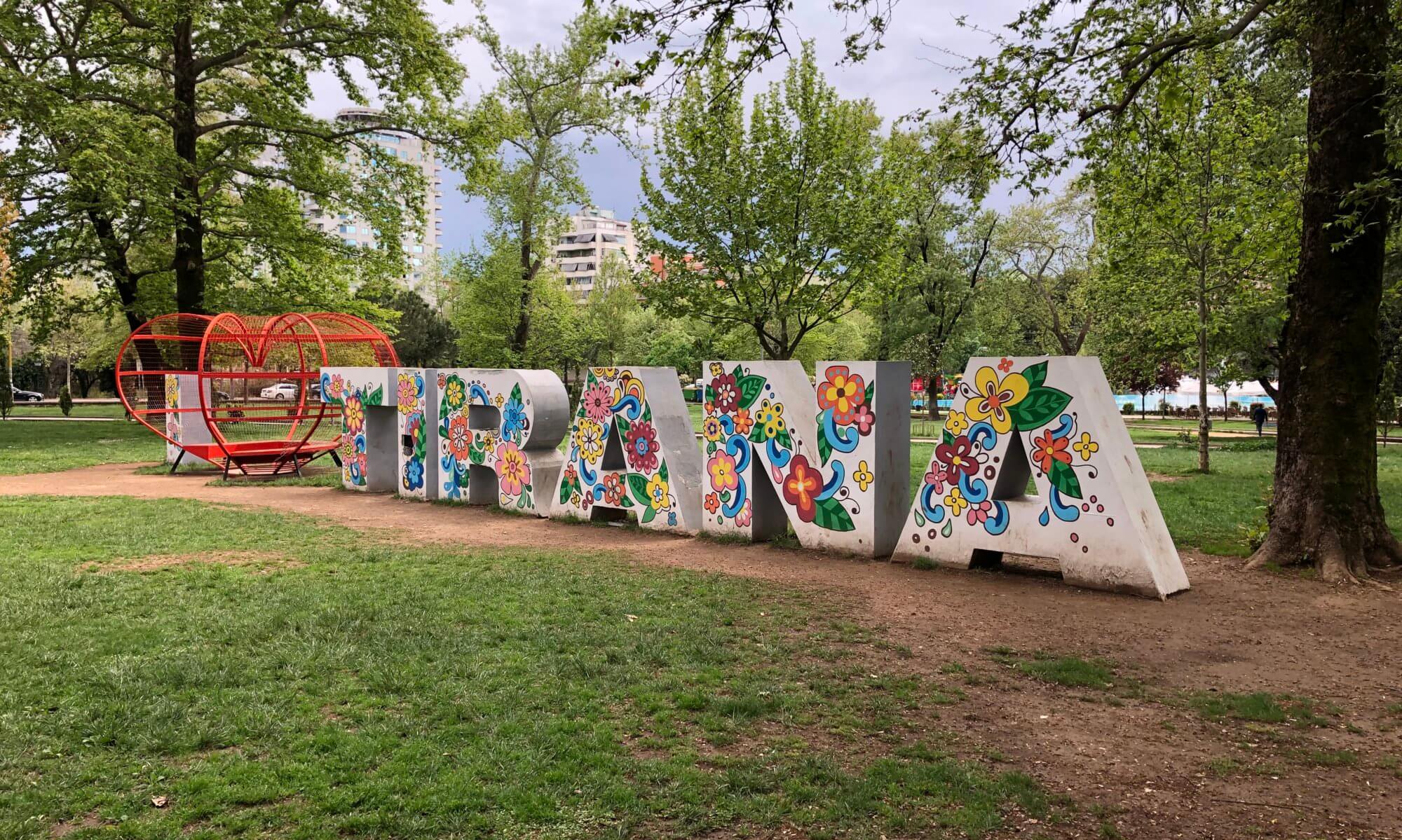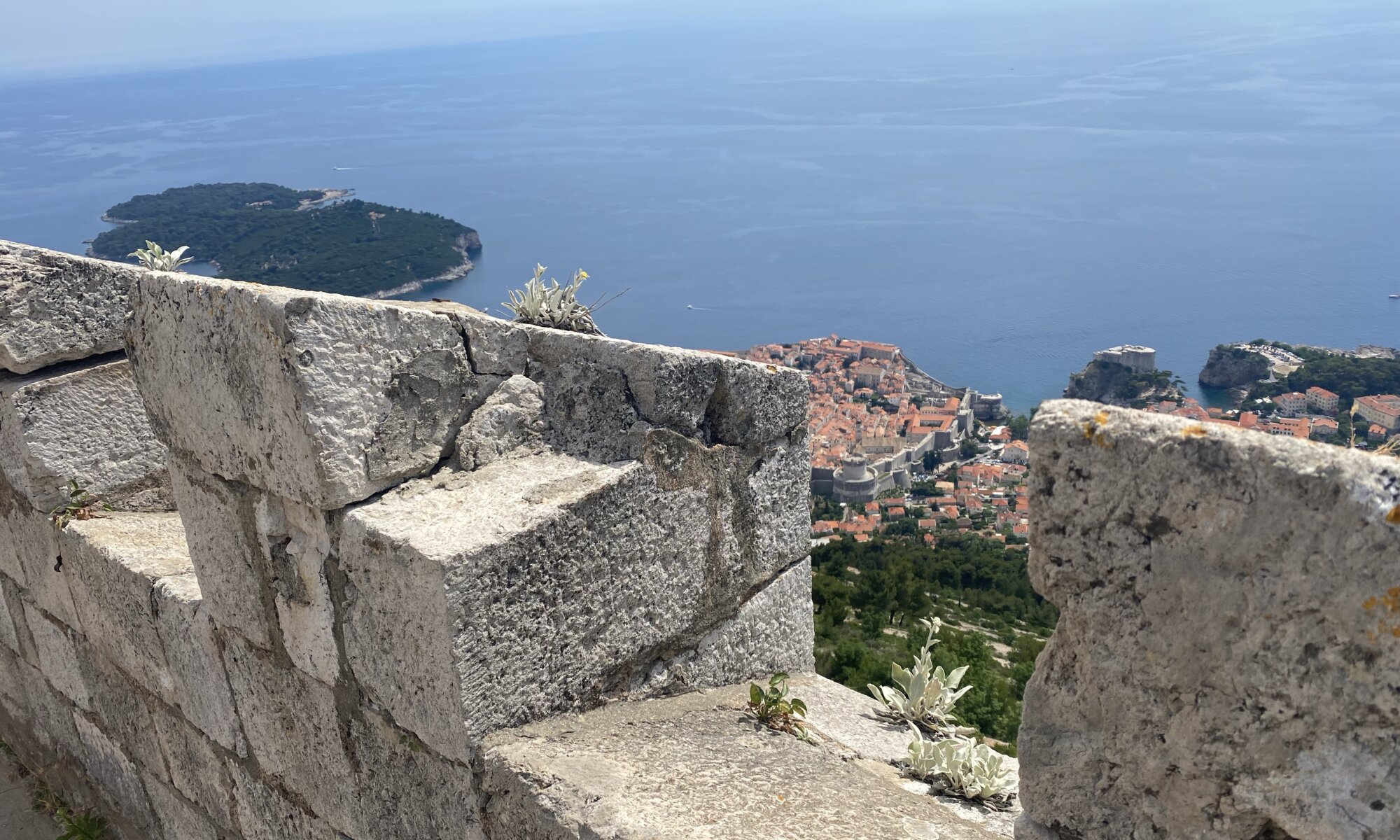It is rather uncommon that national states appear and disappear, but when it happens it is most often associated with large pain and bloodshed. That is especially true for Yugoslavia which was artificially created after World War I. It was planned as a state for south Slavic people, but this group was too heterogenous to grow together. Different ethnic groups, mostly Orthodox Serbs, Catholic Croatians and Muslim Bosniaks aimed either for predominance or autonomy. And Albanians, Hungarians, Macedonians, Montenegrins and Romani found themselves in between.
During the reign of Josip Broz Tito all these groups could be more or less united, but after his death in 1980 the ethnic tension grew. Today there is no Yugoslavia anymore, but seven separate states: Bosnia and Herzegovina, Croatia, Kosovo, Montenegro, North Macedonia, Serbia and Slovenia. This separation process began finally with the Yugoslav Wars from 1991 to 2001. In 1991 Croatia declared independence from Yugoslavia as they did not want to be absorbed by Serbia and especially Slobodan Miloševićs dream of a Greater Serbia.
Croatia had rather bad chances in this so called ‘Homeland War‘ as the former joint Yugoslav People’s Army was controlled by the Serbs. The army tried to occupy Croatia but failed. Nevertheless Cities like Dubrovnik, Zadar or Vukovar were massively shelled and besieged; also anti-personnel mines were used to large extent. Dubrovnik suffered from October 1991 to May 1992 and the historic city center saw a lot of destruction. You can learn more about this conflict in the ‘Homeland War museum‘ located in the former Fort Imperial on mountain Srđ.
Museum of Croatian war of independence
Homeland War museum
Srđ mountain
Dubrovnik
Croatia
Loading map...


